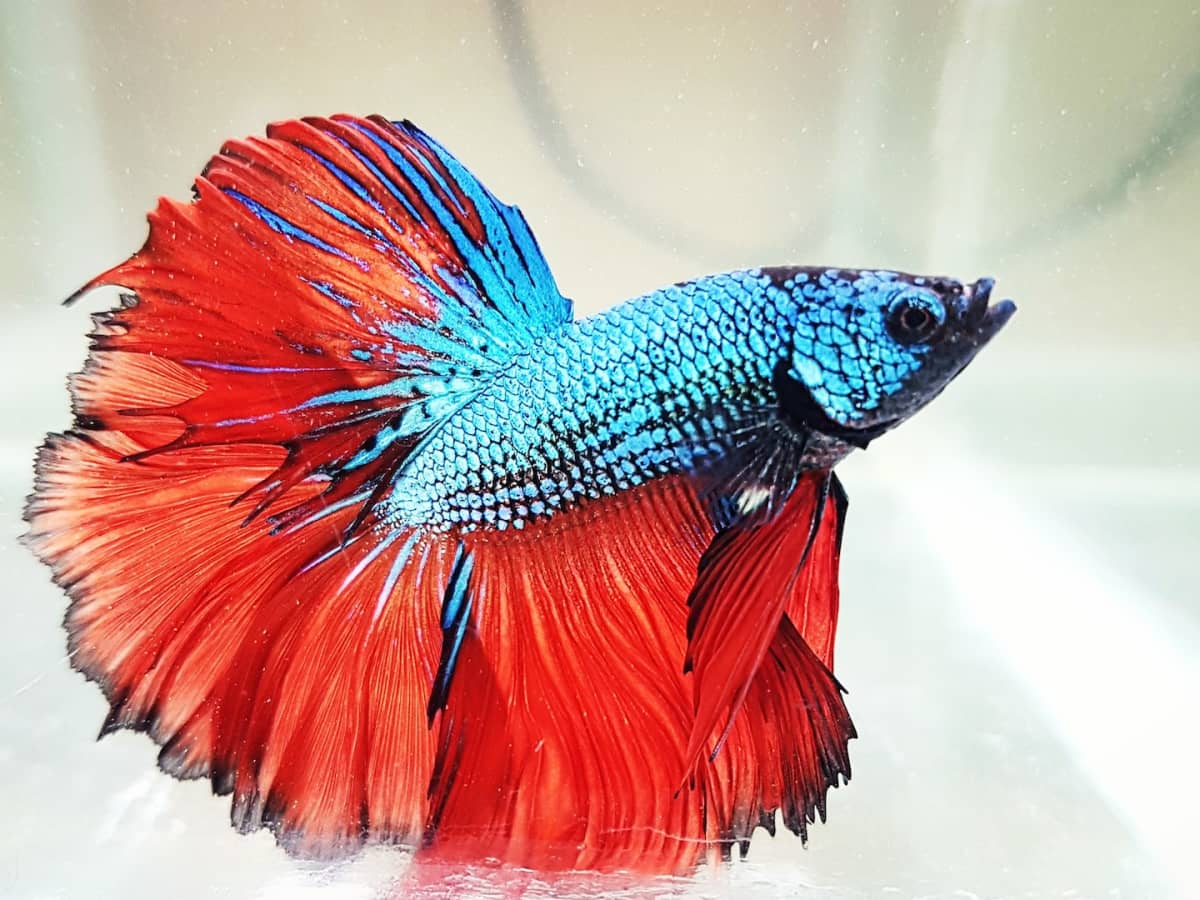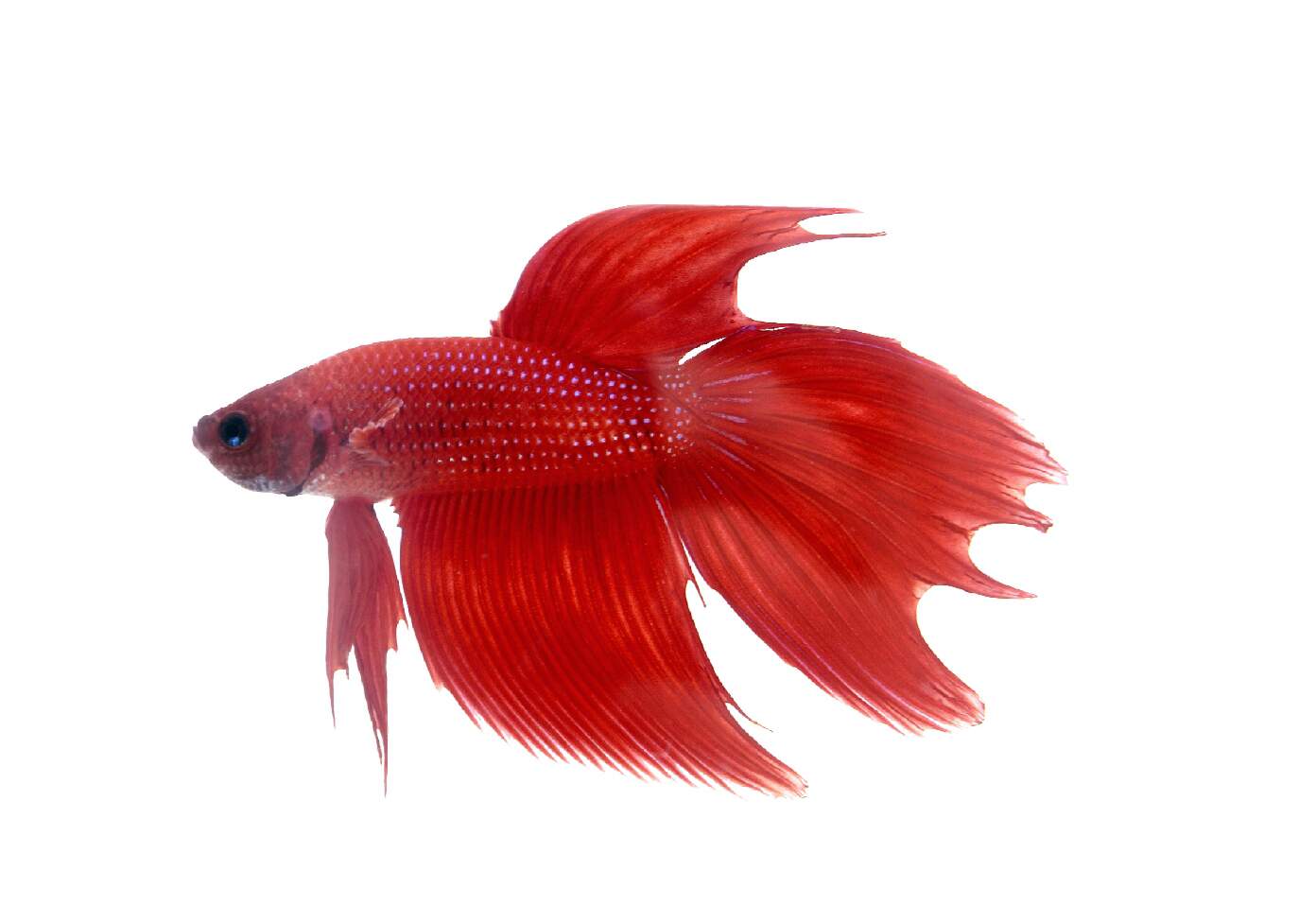Betta Fish Diet Regimen: What to Feed Your Betta for Ideal Health And Wellness
Betta Fish Diet Regimen: What to Feed Your Betta for Ideal Health And Wellness
Blog Article
Breeding Betta Fish: a Comprehensive Step-By-Step Guide to Effectively Raising Child Bettas From Eggs to Their Adult Years
Reproducing Betta fish is a meticulous endeavor that needs careful preparation and implementation to make certain the successful development of fry from eggs to mature fish. As the male Betta faithfully constructs a bubble nest and guards the precious eggs, the succeeding phases of care and transition demand interest to detail and knowledge of ideal techniques.

Picking Reproduction Pairs
When starting the journey of breeding Betta fish, selecting the ideal breeding sets is important to accomplishing preferable traits and a healthy lineage - betta fish. The initial action in this process is to determine the particular qualities you want to improve or maintain, such as color, fin kind, and physique. It is important to select genetically diverse pairs to stay clear of inbreeding, which can result in health and wellness issues and unwanted attributes
Review prospective reproducing prospects very carefully. A healthy and balanced male Betta needs to show vibrant shades, an energetic demeanor, and well-formed fins, while the lady needs to additionally present vivid coloration and a rounded stomach, suggesting preparedness for spawning. Observing the personality of both fish is crucial, as aggressive or excessively timid individuals might not breed successfully.
Keeping records of the parent fish's ancestry can assist you track genetic traits and potential problems. Eventually, spending time in the choice procedure will substantially improve the chance of producing solid, vibrant children that fulfill your breeding objectives.

Preparing the Reproduction Tank
Producing an ideal breeding environment is a crucial step after choosing suitable sets for Betta fish. The reproduction storage tank should be particularly developed to offer convenience and stimulate the natural breeding behaviors of the fish. Beginning with a storage tank dimension of a minimum of 10 gallons to make certain sufficient room for both the man and female Bettas.
Keep a gentle filtering system to maintain the water clean while staying clear of strong currents that can emphasize the fish. Additionally, an air stone can be included in offer oxygenation without interfering with the water surface area way too much.
Temperature law is important; purpose for a steady variety of 78-82 ° F(25-28 ° C) using a reliable heating system. The pH level ought to be kept in between 6.5 and 7.5, and regular water changes are necessary to make sure high water quality.
Integrate floating plants or spawning sponges to develop concealing areas for the lady, while additionally encouraging bubble nest building by the man - betta fish. Make sure the storage tank is totally free from sharp decors and any possible risks, as the well-being of the fish ought to constantly be focused on throughout this vital phase of reproduction.
The Breeding Refine
Generally, the breeding process for Betta fish entails a collection of distinct and observable behaviors that indicate readiness for reproduction. The male Betta Full Report begins by constructing a bubble nest at the water's surface area, which functions as a website for the fed eggs. This nest is important, as it provides a secure atmosphere for the eggs up until they hatch out.
As soon as the nest is established, the male will certainly show courtship habits, such as flaring his fins and displaying lively colors to draw in the woman. The female, upon picking up the male's preparedness, will certainly react by presenting upright stripes along her body, signaling her receptiveness.
When the female approaches, the male participates in a mating dance, frequently causing a welcome known as the "spawning." Throughout this welcome, the lady launches her eggs, which the male feeds promptly. The fertilized eggs then drop to the bubble nest, where the male carefully gathers and returns them to the nest. Following this, the male assumes duty for safeguarding the nest and making sure the safety and security of the eggs until they hatch out, commonly within 24-36 hours. This stage is essential in the breeding process, laying the structure for effective fry development.
Taking Care Of Betta Fry
Looking after Betta fry needs cautious interest to their setting and nourishment to guarantee healthy development and advancement. After hatching out, Betta fry are incredibly tiny and at risk, demanding why not look here a stable and tidy habitat. Maintaining a water temperature level between 78 ° F and 80 ° F is crucial, as Betta fry grow in cozy conditions. In addition, make sure that the water is devoid of unsafe toxins; routine water modifications of 10-20% are advised to maintain optimal water quality.
Feeding Betta fry is equally vital. Feed them small quantities a number of times a day, being cautious not to overfeed, which can lead to water quality concerns.
Transitioning to Adult Bettas
As Betta fry fully grown, transitioning them to adult Bettas is an essential phase that calls for mindful administration of their setting and social communications. This procedure normally starts when the fry reach around six weeks of age, whereupon they can be gradually presented to a more organized living atmosphere.
To facilitate this shift, it is important to ensure that the water parameters-- such as temperature, pH, and ammonia levels-- are ideal and stable. Adult Betta fish grow in cozy water (around 78-80 ° F) with a pH of 6.5 to 7.5. Progressively accommodate the fry to these conditions to decrease anxiety.
Social communications are an additional key variable; male Bettas are notoriously territorial and hostile. Consequently, it is suggested to different men into individual containers as they grow. Female Bettas can be housed together, however care ought to be required to keep an eye on for indicators of hostility.
Additionally, dietary adjustments must be made as the fry expand. Include top quality pellets and live foods to support their development and wellness. By taking care of these elements properly, you can advertise an effective shift to click resources their adult years for your Betta fish.

Conclusion
Successful reproduction of Betta fish calls for cautious attention to information throughout the entire procedure, from selecting genetically diverse pairs to offering optimal take care of fry. By making sure suitable reproduction conditions and maintaining water top quality, the likelihood of healthy and balanced children increases significantly. In addition, a balanced diet and steady adaptation to grown-up atmospheres are vital for the growth and advancement of Betta fish. Complying with these actions faithfully promotes a growing populace of Betta fish, enhancing both their health and wellness and vigor.
Report this page